Professional basement waterproofing that actually works – protecting your home and giving you real peace of mind.
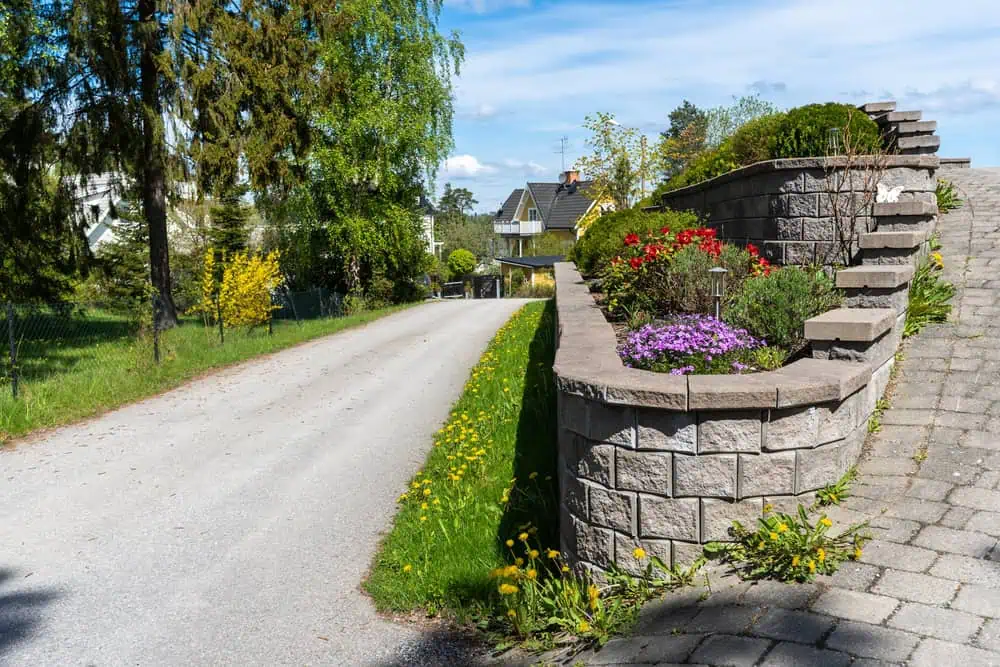
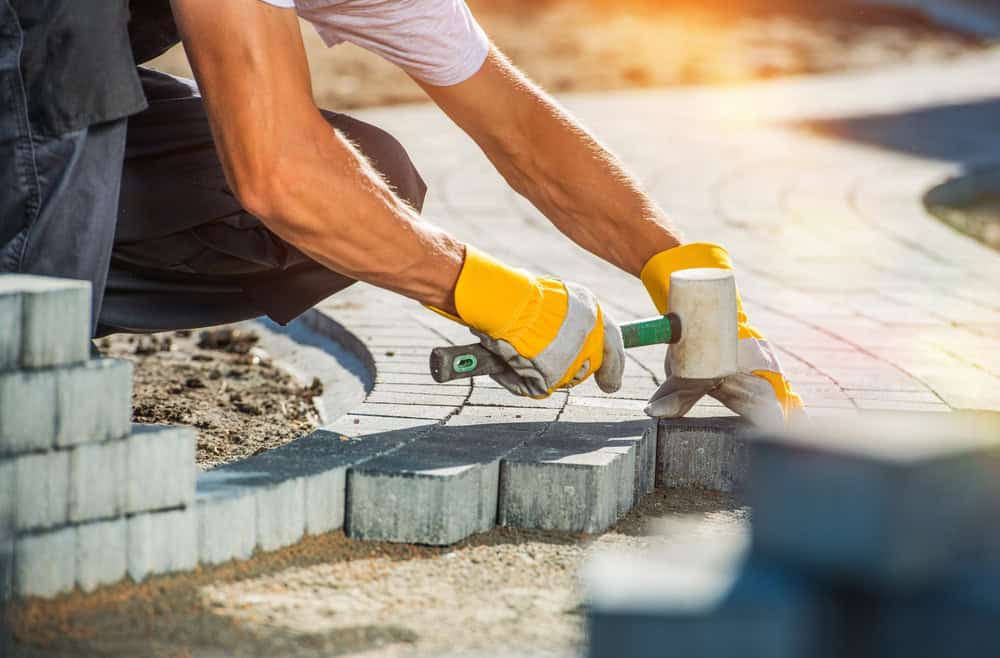
You get your space back. No more moving boxes every time rain’s in the forecast, no more that musty smell creeping upstairs, no more wondering if this is the storm that causes real damage.
A properly waterproofed basement means usable square footage you can actually count on. Storage that stays dry, workshop space that doesn’t flood, maybe even a finished basement that adds real value to your home.
The bigger picture? You stop worrying about foundation problems down the road. Water damage doesn’t get better on its own – it gets expensive. Professional basement waterproofing handles the problem at the source, so you’re not dealing with the same issues every spring.
We’ve been handling foundation and waterproofing work in Tyngsboro and the Merrimack Valley for years. We understand how New England weather hits basements – the freeze-thaw cycles, spring snowmelt, and summer storms that turn dry basements into headaches.
Our approach combines solid masonry experience with proven waterproofing systems. We’ve seen what works long-term and what fails after a few seasons.
When you call us, you’re working with contractors who know the difference between a quick fix and a real solution. We handle both emergency flooding situations and planned waterproofing projects with the same attention to getting it right the first time.
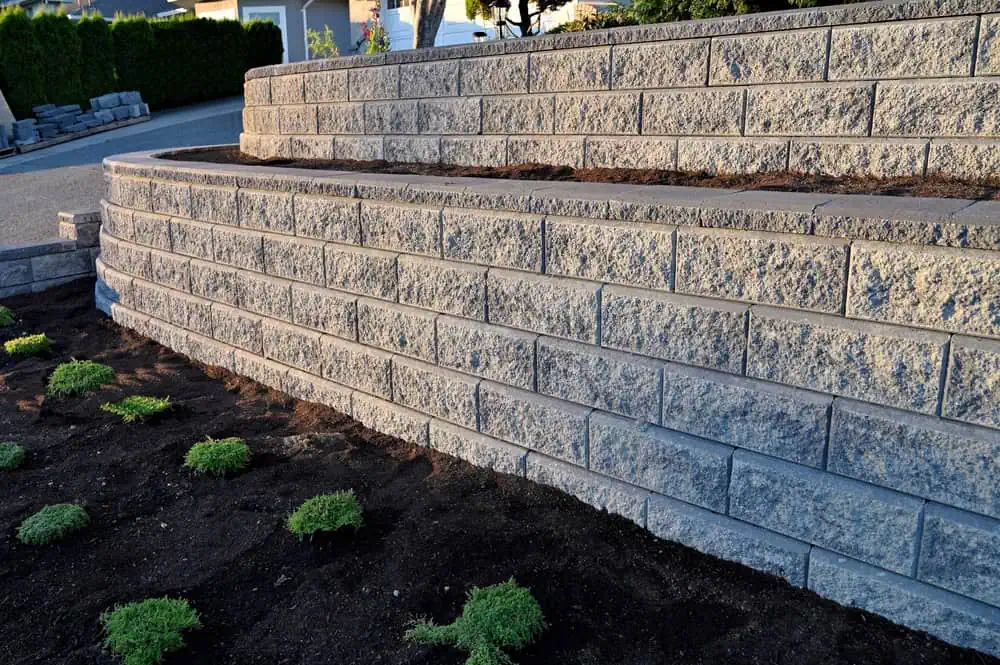
First, we assess your specific situation. Every basement is different – the water source, soil conditions, foundation type, and extent of the problem all matter. We identify where water’s getting in and why.
Next, we develop the right combination of interior and exterior waterproofing methods. This might include foundation sealers, drainage systems, sump pump installation, or crack repair – whatever your situation actually needs, not a one-size-fits-all approach.
Then we execute the work using professional-grade materials designed for New England conditions. We handle everything from surface preparation to final testing, making sure the system works as intended.
You end up with a basement that stays dry, documentation of what was done, and guidance on maintaining your waterproofing system for maximum longevity.
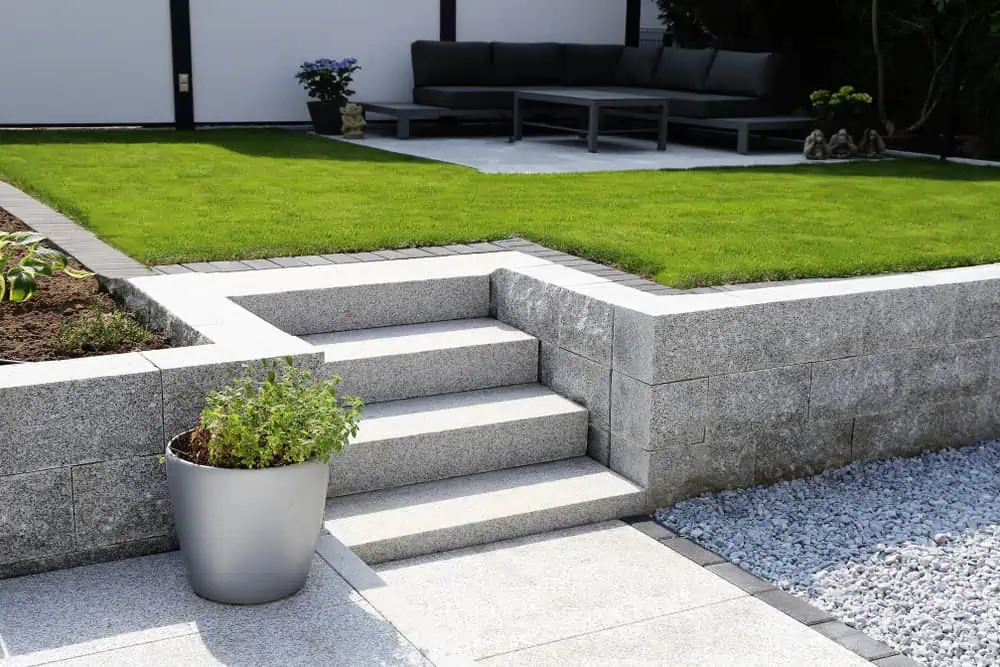
Ready to get started?
Our basement waterproofing covers both immediate fixes and long-term protection. Interior waterproofing includes crack sealing, moisture barriers, and drainage systems that handle water that’s already making it to your basement walls.
Exterior work addresses the problem at the source – proper grading, foundation sealing, and drainage that keeps water away from your foundation in the first place. We also handle sump pump installation and backup systems for properties that need active water management.
For flooded basements, we provide emergency response to get water out and begin the drying process quickly. Then we identify what caused the flooding and implement solutions to prevent it from happening again.
Each project includes a clear explanation of what we’re doing and why, so you understand both the immediate work and how to protect your investment long-term.
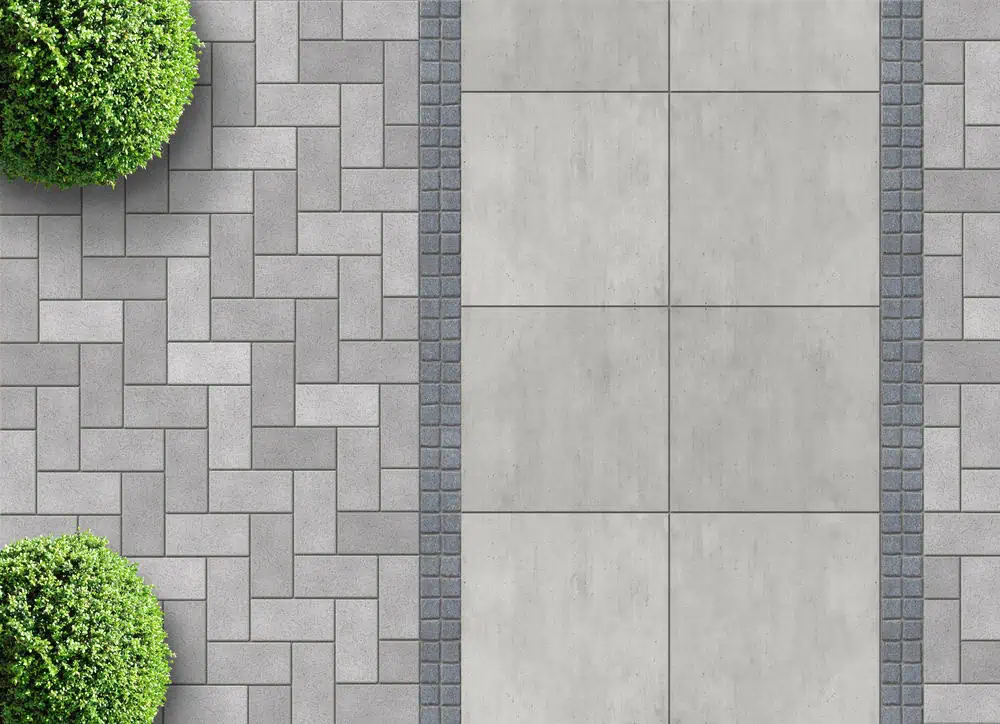
Local Resources